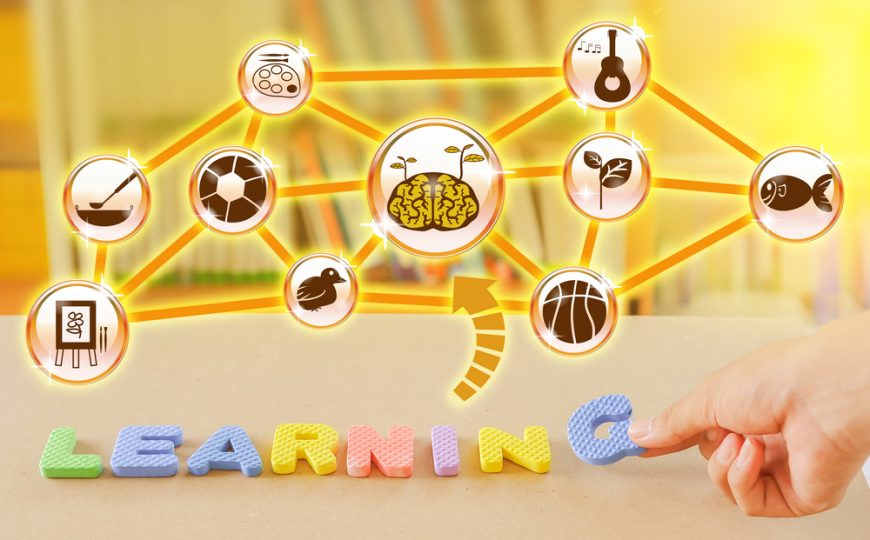You are probably wondering why this is the next item on the list, especially in light of the fact that previously I said that awe encompassed fear. Here we are focusing exclusively on that feeling of dread, the one that causes a flight or fight response. This is different than awe, which compels you to stay put and observe in amazement. I think it is fortuitous to be talking about fear. Too often people are afraid of facing any negative emotion. As a result, more and more people need the help of social workers to learn first and foremost how …










